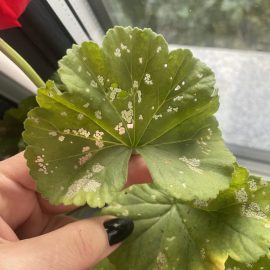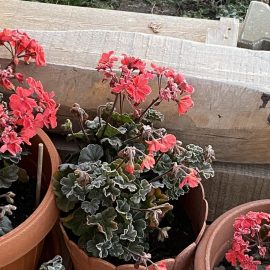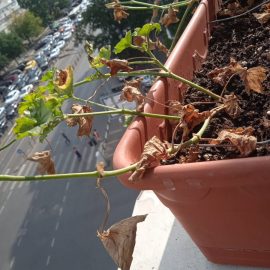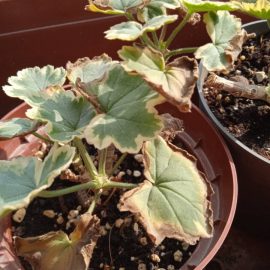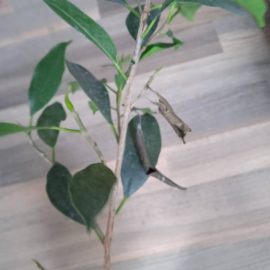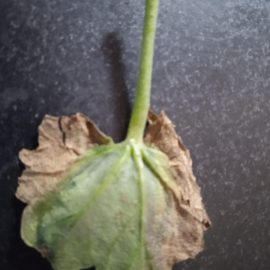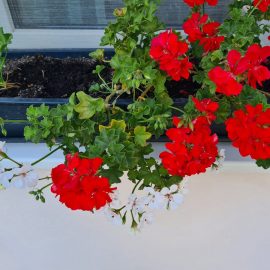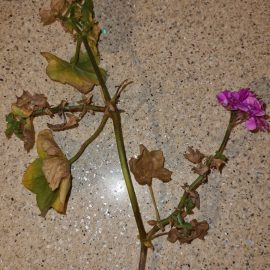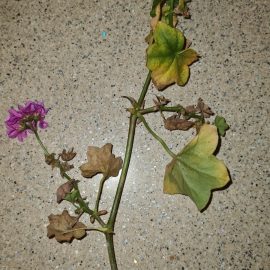Pelargonium, plant care and growing guide
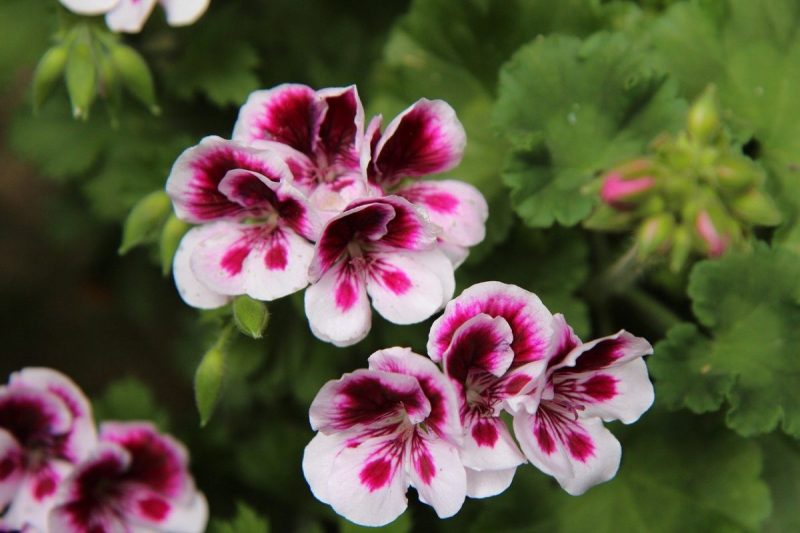
Pelargonium (Pelargonium domesticum) is a plant native to South Africa but in Europe, it has been cultivated since the end of the 18th century.
It is a very popular plant, being grown in pots. The stem is strongly branched and the leaves are round-cordiform, slightly corrugated, with a serrated edge. It has a long flowering period. The flowers grow above the leaves, are large, grouped in inflorescence, with large and velvety petals, of different colors: red, purple, pink, or white, depending on the cultivar.
Pelargonium is a perennial plant and can bloom all year round if given the necessary conditions, but a winter dormancy period is recommended.
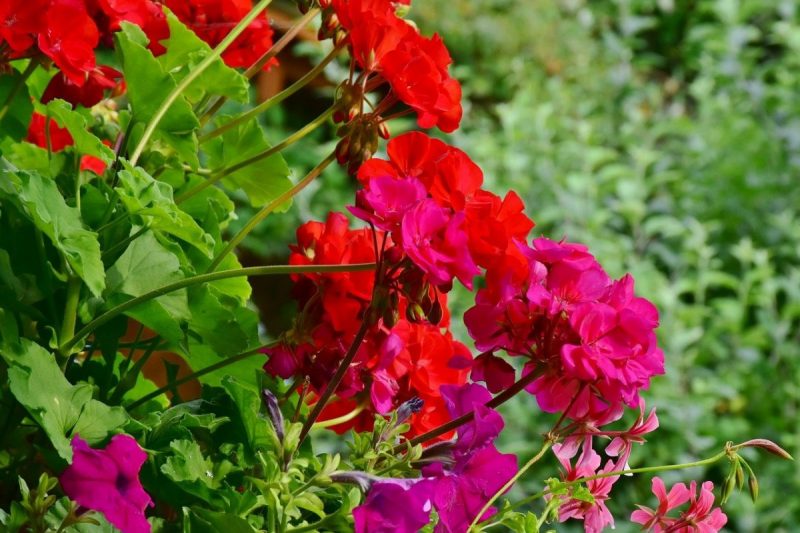
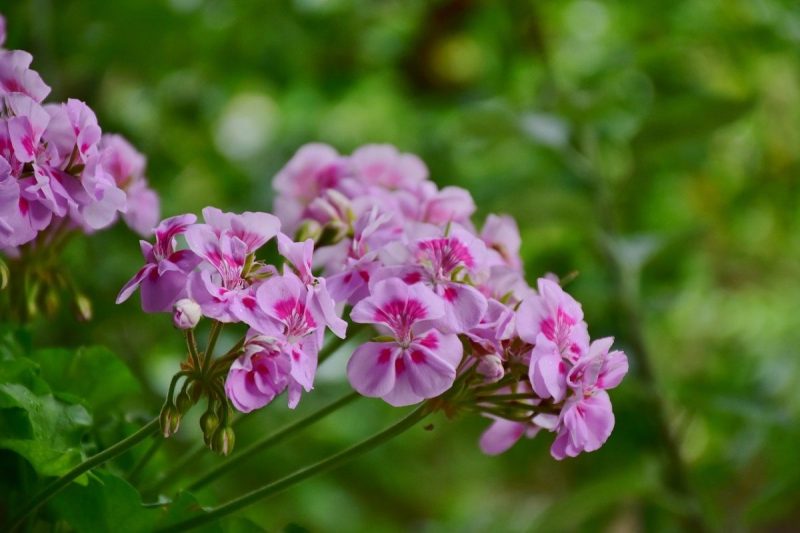
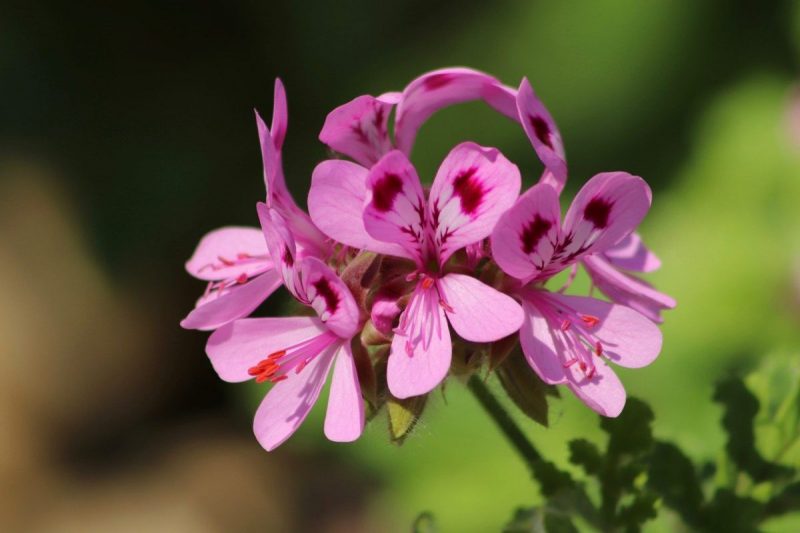
Environmental conditions
Light. It has high demands regarding light since its intensity influences the flowering. During hot weather, however, it should not be exposed to direct sunlight.
Temperature. For growth and flowering, the optimum temperature is 18-20° C during the day and 10-12° C at night. In winter, during the dormancy period, are recommended temperatures of 5-10° C.
Humidity. During the hot season, the substrate humidity is recommended to be moderate, so that it can be kept permanently damp. In winter, however, the humidity of the substrate has to be lower. Pelargonium tolerates well low atmospheric humidity as well.
Substrate. It must be fertile and have a good drainage capacity.
Recommended products
-
You can find products on a different store
Change Store -
You can find products on a different store
Change Store -
You can find products on a different store
Change Store -
You can find products on a different store
Change Store -
You can find products on a different store
Change Store -
You can find products on a different store
Change Store -
You can find products on a different store
Change Store -
You can find products on a different store
Change Store -
You can find products on a different store
Change Store -
You can find products on a different store
Change Store -
You can find products on a different store
Change Store -
You can find products on a different store
Change Store -
You can find products on a different store
Change Store -
You can find products on a different store
Change Store -
You can find products on a different store
Change Store -
You can find products on a different store
Change Store -
You can find products on a different store
Change Store -
You can find products on a different store
Change Store -
You can find products on a different store
Change Store -
You can find products on a different store
Change Store -
You can find products on a different store
Change Store -
You can find products on a different store
Change Store -
You can find products on a different store
Change Store -
You can find products on a different store
Change Store
Watering
It is recommended that during the hot season watering be done regularly, in the morning or in the evening. In winter, during the dormant period, plants should be stored in cool places and watered less often. If you do not have such a space, they can be stored indoors. In this case, the plants will remain green all winter and will even bloom. It is not recommended to place them above the radiators, as this can cause premature aging or even plant death.
Fertilization
It can be done during the vegetative growth period with a balanced fertilizer. Starting with the flower buds formation and during the flowering period, you can apply fertilizer with a high content of nitrogen and potassium. During dormancy, fertilization has to stop.
Recommended products
-
You can find products on a different store
Change Store -
You can find products on a different store
Change Store -
You can find products on a different store
Change Store -
You can find products on a different store
Change Store -
You can find products on a different store
Change Store -
You can find products on a different store
Change Store -
You can find products on a different store
Change Store -
You can find products on a different store
Change Store -
You can find products on a different store
Change Store -
You can find products on a different store
Change Store -
You can find products on a different store
Change Store -
You can find products on a different store
Change Store -
You can find products on a different store
Change Store -
You can find products on a different store
Change Store -
You can find products on a different store
Change Store -
You can find products on a different store
Change Store -
You can find products on a different store
Change Store -
You can find products on a different store
Change Store -
You can find products on a different store
Change Store -
You can find products on a different store
Change Store -
You can find products on a different store
Change Store -
You can find products on a different store
Change Store -
You can find products on a different store
Change Store -
You can find products on a different store
Change Store
Propagation
It is propagated most easily through top cuttings and shoots fragments with 2-3 knots. The cuttings can be done all year round, but there are two optimal periods: August-September and February-March. Rooting can be done in pots with water or in a solid substrate, such as fibrous peat, sand, or perlite.
Recommended products
-
You can find products on a different store
Change Store -
You can find products on a different store
Change Store -
You can find products on a different store
Change Store -
You can find products on a different store
Change Store -
You can find products on a different store
Change Store -
You can find products on a different store
Change Store -
You can find products on a different store
Change Store -
You can find products on a different store
Change Store -
You can find products on a different store
Change Store -
You can find products on a different store
Change Store -
You can find products on a different store
Change Store -
You can find products on a different store
Change Store -
You can find products on a different store
Change Store -
You can find products on a different store
Change Store -
You can find products on a different store
Change Store -
You can find products on a different store
Change Store -
You can find products on a different store
Change Store -
You can find products on a different store
Change Store -
You can find products on a different store
Change Store -
You can find products on a different store
Change Store -
You can find products on a different store
Change Store -
You can find products on a different store
Change Store -
You can find products on a different store
Change Store -
You can find products on a different store
Change Store
Recommended products
-
You can find products on a different store
Change Store -
You can find products on a different store
Change Store -
You can find products on a different store
Change Store -
You can find products on a different store
Change Store -
You can find products on a different store
Change Store -
You can find products on a different store
Change Store -
You can find products on a different store
Change Store -
You can find products on a different store
Change Store -
You can find products on a different store
Change Store -
You can find products on a different store
Change Store -
You can find products on a different store
Change Store -
You can find products on a different store
Change Store -
You can find products on a different store
Change Store -
You can find products on a different store
Change Store -
You can find products on a different store
Change Store -
You can find products on a different store
Change Store -
You can find products on a different store
Change Store -
You can find products on a different store
Change Store -
You can find products on a different store
Change Store -
You can find products on a different store
Change Store -
You can find products on a different store
Change Store -
You can find products on a different store
Change Store -
You can find products on a different store
Change Store -
You can find products on a different store
Change Store
Diseases and pests
In general, Pelargonium is a plant resistant to diseases and pests, but, in certain unfavorable environmental conditions, diseases can develop:
Gray mold (Botrytis cinerea) – it occurs especially in winter, when the plants are kept in conditions of low temperatures, below 15° C, high humidity, and insufficient light. The attack is manifested on the leaves, on which appear brown spots, which extend, covering the entire surface of the leaf. A gray mold forms on the surface of the affected tissues.
Recommended products
-
You can find products on a different store
Change Store -
You can find products on a different store
Change Store -
You can find products on a different store
Change Store -
You can find products on a different store
Change Store -
You can find products on a different store
Change Store -
You can find products on a different store
Change Store -
You can find products on a different store
Change Store -
You can find products on a different store
Change Store -
You can find products on a different store
Change Store -
You can find products on a different store
Change Store -
You can find products on a different store
Change Store -
You can find products on a different store
Change Store -
You can find products on a different store
Change Store -
You can find products on a different store
Change Store -
You can find products on a different store
Change Store -
You can find products on a different store
Change Store -
You can find products on a different store
Change Store -
You can find products on a different store
Change Store -
You can find products on a different store
Change Store -
You can find products on a different store
Change Store -
You can find products on a different store
Change Store -
You can find products on a different store
Change Store -
You can find products on a different store
Change Store -
You can find products on a different store
Change Store
Black rot (Xanthomonas pelargonii) – affects all organs of the plant, and the symptoms represent the apparition of round, necrotic spots on the leaves.
Among pests, the most common are whiteflies and aphids, which can be controlled with specific insecticides.
Recommended products
-
You can find products on a different store
Change Store -
You can find products on a different store
Change Store -
You can find products on a different store
Change Store -
You can find products on a different store
Change Store -
You can find products on a different store
Change Store -
You can find products on a different store
Change Store -
You can find products on a different store
Change Store -
You can find products on a different store
Change Store -
You can find products on a different store
Change Store -
You can find products on a different store
Change Store -
You can find products on a different store
Change Store -
You can find products on a different store
Change Store -
You can find products on a different store
Change Store -
You can find products on a different store
Change Store -
You can find products on a different store
Change Store -
You can find products on a different store
Change Store -
You can find products on a different store
Change Store -
You can find products on a different store
Change Store -
You can find products on a different store
Change Store -
You can find products on a different store
Change Store -
You can find products on a different store
Change Store -
You can find products on a different store
Change Store -
You can find products on a different store
Change Store -
You can find products on a different store
Change Store
In addition:
- watering the plant when the sun is strong can lead to sunburn.
- during the flowering period, the wilted flowers should be removed, in order to favor the formation of new flowers.














































































































































































































































































































































































































































